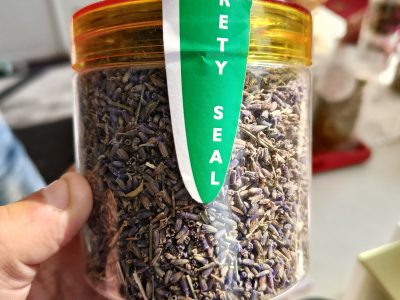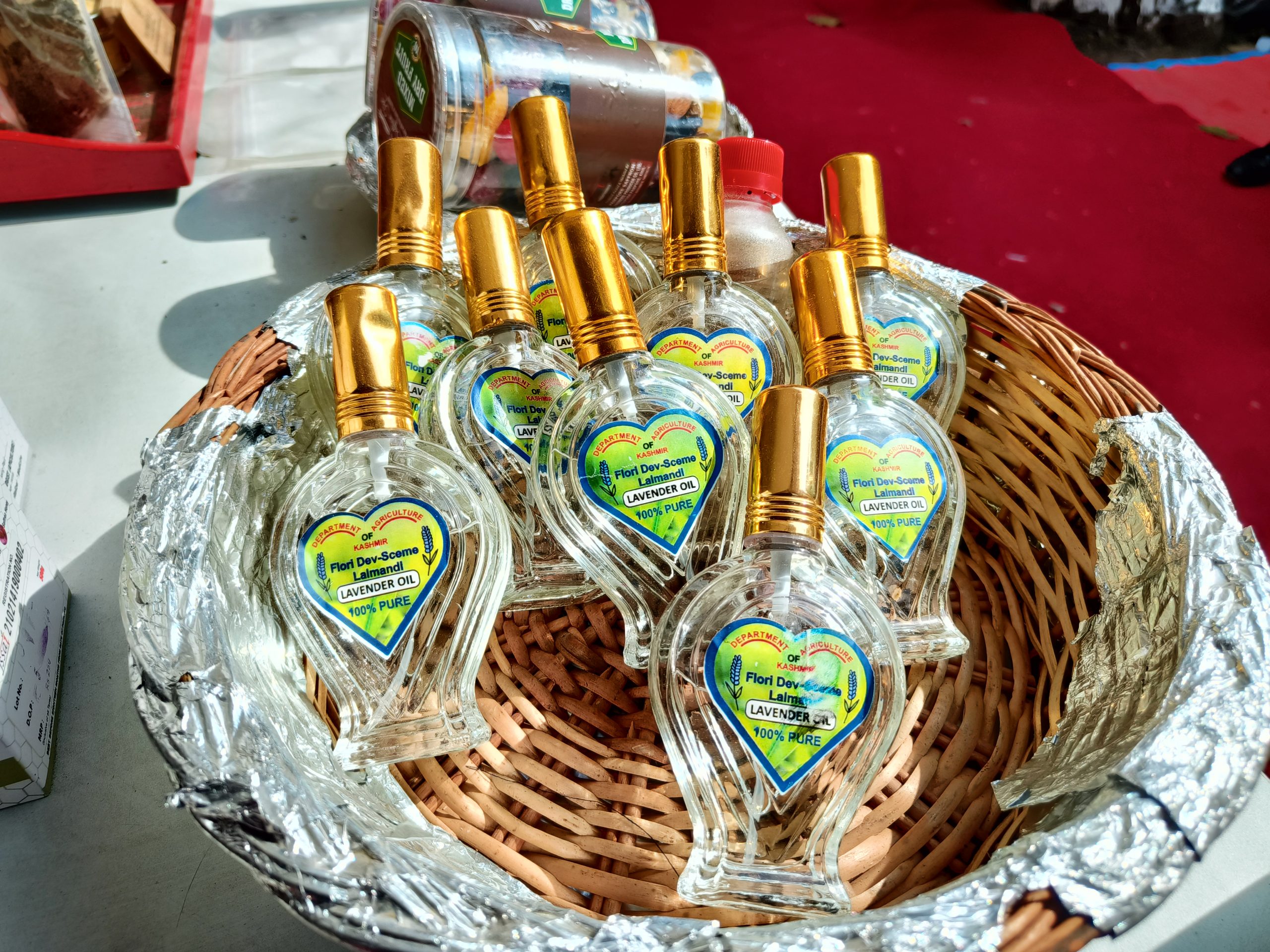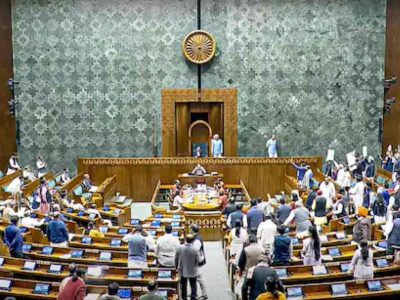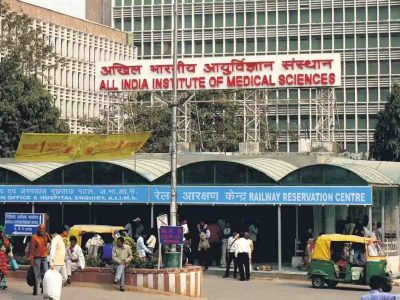Kashmir’s lavender oil, known for its aromatic and medicinal qualities, has made its debut in the bustling capital city of Delhi. The exquisite natural bounty from the valley was presented during a seven-day trade fair held at Kashmir House on Prithviraj Road, organised by the J&K Agriculture Department.
While Kashmir is widely recognised for its high-quality apples, walnuts, saffron, chinars, pine trees, and tulips, this occasion showcased the region’s growing prominence in cultivating lavender and its derivative products.
Lavender, a flowering plant, is prized not only for its fragrant blooms but also for its numerous medicinal benefits. It is known to control anxiety, fungal infections, hair loss, and wounds and for its anti-inflammatory properties.
The presence of Kashmiri lavender oil in Delhi’s trade fair serves as a testament to the region’s expanding agricultural diversity and the burgeoning interest in its speciality crops beyond the established commodities it is known for.
Shamsul Hassan Mir, in charge of the agricultural stall in Kashmir, said the primary aim of introducing Kashmir lavender to Delhi is to highlight its medicinal, ornamental, and fragrant properties to a broader audience. “This is a unique kind of lavender for which we’ve received an enthusiastic response in Delhi. We brought over 300 units of oil, and they were all sold,” he said.

Mir added that lavender is cultivated across more than 100 hectares of land in Kashmir, with farms situated in areas such as Srihama, Anantnag, Allowpora Shopian, and Ganderbal. “The department is planning to plant over 3 lakh new saplings this year,” he shared.
Regarding sales, Mir mentioned that they sold 50 ml bottles of lavender oil for Rs 600 and 10 ml for Rs 120.
Ghulam Mohammad Dhobi, joint director of the agriculture department in Kashmir, highlighted the department’s efforts in lavender cultivation over the past two years under the theme of “Promotion of Medicinal and Aromatic Plants.”
Dhobi said, “Kashmir has ideal weather conditions for lavender cultivation, and while it has been grown here for a long time, it was not in the spotlight. However, the department has now taken its cultivation seriously and established various farms.”
He also said, “We have also been sending lavender oil to other parts of India based on orders. Although we are currently operating on a small scale, the volume of sales is expected to increase soon.”
Additionally, Dhobi pointed out that the department is working to obtain the Geographical Indication (GI) tag for Kashmir lavender to protect its originality and is conducting awareness programs for farmers on optimal cultivation practices.
Abdul Rasheed, a lavender grower from J&K’s Pulwama village, expressed his delight at the expansion of Kashmir lavender into the Delhi market and voiced his hopes for further international exposure. He stated, “It is a positive development to see Kashmir lavender making its mark in Delhi. Now, we aspire for it to reach international markets as well. This would not only provide a boost to our local farmers but also create more employment opportunities.”
Mohd Nissar, another grower from Sirhama village in the Anantnag district, underscored the significance of lavender cultivation for the local community. He noted, “More than ten thousand families are involved in this business. Lavender farming has emerged as a new and vital source of livelihood for us.”





